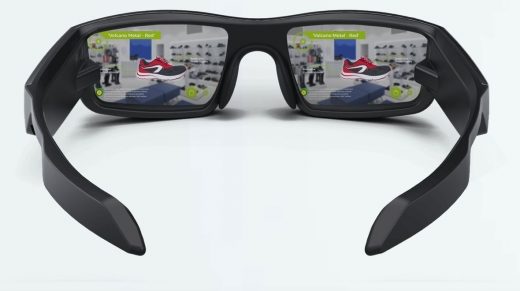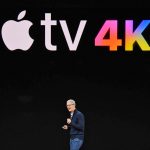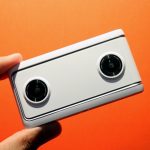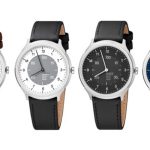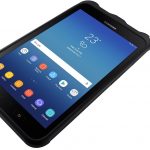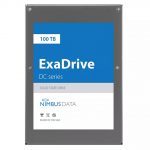Marketers Should Take Another Look at Smart Glasses
Marketers Should Take Another Look at Smart Glasses
by Michael Goefron , Op-Ed Contributor, October 3, 2017
I remember the moment I felt like a true Glasshole. I was on the subway in New York wearing Google Glasses in 2013 when a fellow passenger asked — not all that nicely — if I was recording video at that moment.
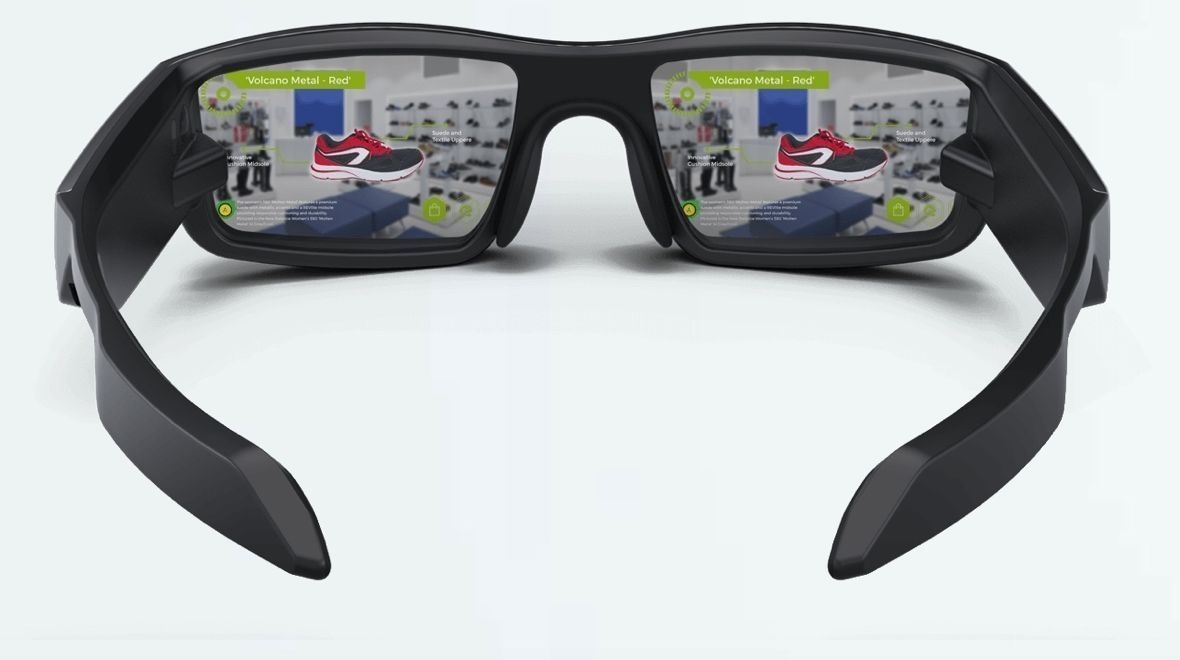
Since then, Glass has become the early 2010s equivalent of the mutton-chop sideburns in the early 1970s, excusable for the time, but not something that most of us would want to wear again.
Or is it? Snapchat has boosted the sagging consumer smart glasses segment with its Spectacles and Amazon is reportedly working on a pair of smart glasses that would connect to Alexa, its voice assistant. Google has also found a niche for Glass in the enterprise market.
Maybe smart glasses aren’t a fad after all. In fact, I agree with some industry estimates that predict that they’re due for a huge comeback. Here’s why:
1. They are “post-mobile.”
Depending on who you talk to, the mobile era has already ended or is about to end. In this looming age, we will be less reliant on our smartphones because pervasive computing will be part of the landscape, meaning that objects like appliances, car dashboards and public and retail kiosks will provide digital consumer touch points. Gartner predicts that by 2020 there will be 20 billion IoT devices in existence, versus 7 billion today. Carrying around a 4.5 oz. iPhone may not seem like a big deal, but what if you could accomplish many of your same daily functions — messaging, email and navigation — with your smart glasses and smart watch? Worldwide smartphone shipments may have peaked last year, indicating that we are entering a “post-device era” in which we will feel comfortable leaving the house without our smartphones and probably without our wallets as well.
2. They will revolutionize shopping.
Have you ever wandered the aisles of Home Depot looking for that special tool for your home improvement project. While Home Depot has an app that helps you find items in store, it’s still a clunky workaround compared to the kind of experience that AR-enhanced smart glasses would provide. Not only would smart glasses tell you where the item is in store, they would show you by visually highlighting the item. Similarly, we could turn on a smart glasses setting to see all of the sales in store, or ones that we’re likely to be interested in.
3. They’ll look less dorky.
The original Google Glass looked like something from Star Trek cosplay. The early iteration didn’t even have lenses and resembled a face visor more than a pair of glasses. Google realized its error and began working with Warby Parker in 2013 to make Glass look more like glasses. Still, we have yet to see the fruits of their labor. Meanwhile, Snapchat Spectacles look pretty much like a pair of sunglasses. If designers can make smart glasses indistinguishable from the real thing, the market would take off.
4. A recording light will take care of the “stalker” issue.
The main problem that people had with Glass is that you never knew if they were recording video. There’s a simple fix for this: Just have a light that indicates when the smart glasses are in recording mode.
It’s not unusual for the first pass at a technology to fail. Progress on cell phones ran in fits and starts for decades before the iPhone. Numerous companies, including Apple and Microsoft, also tried their hand at tablets before the iPad made that a viable category in 2010. So, yes, maybe what the market needs is for Apple to release a pair of iGlasses, something that the Cupertino giant is rumored to be working on. With or without Apple though, smart glasses are coming back.
MediaPost.com: Search Marketing Daily
(24)

